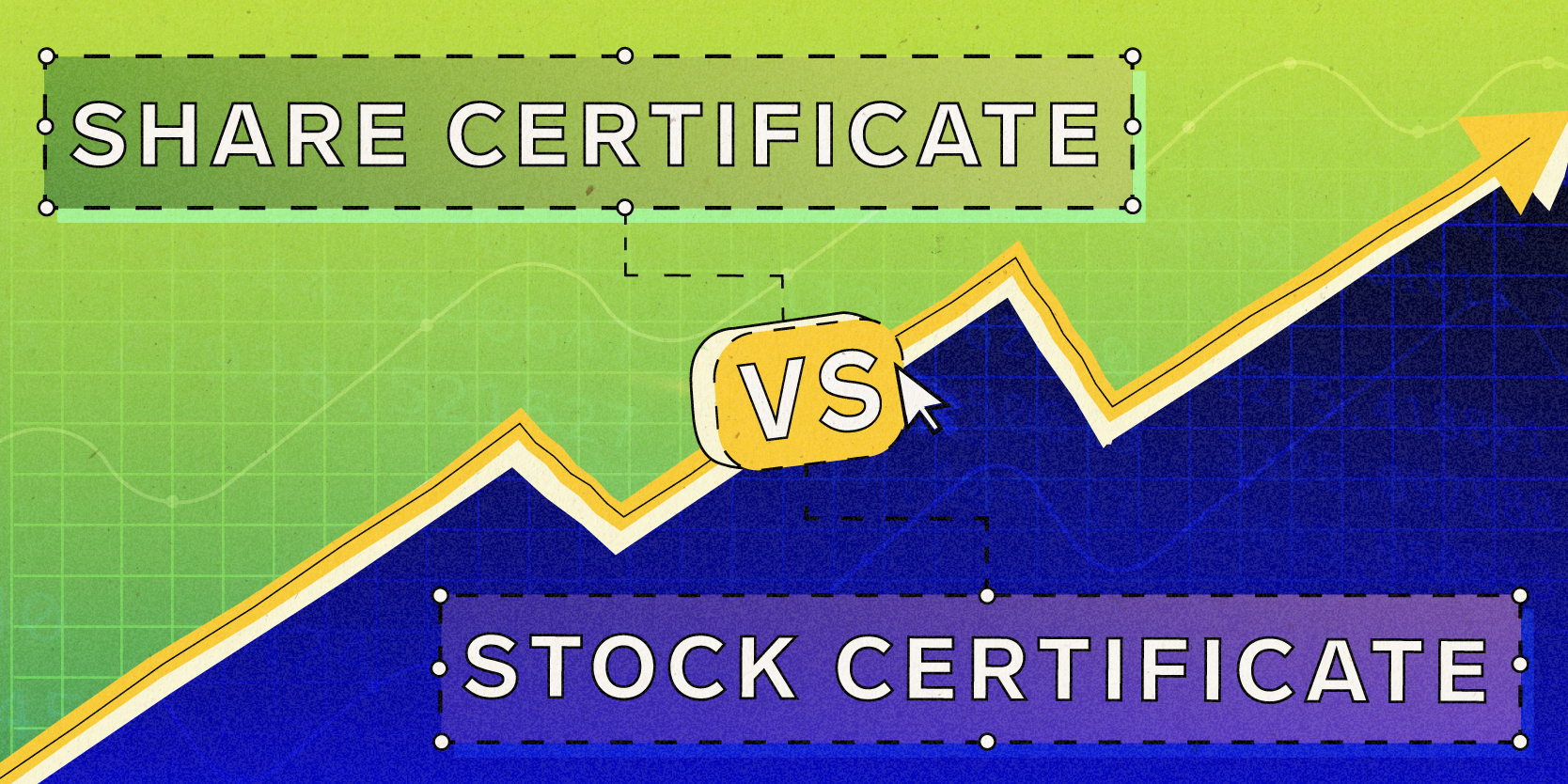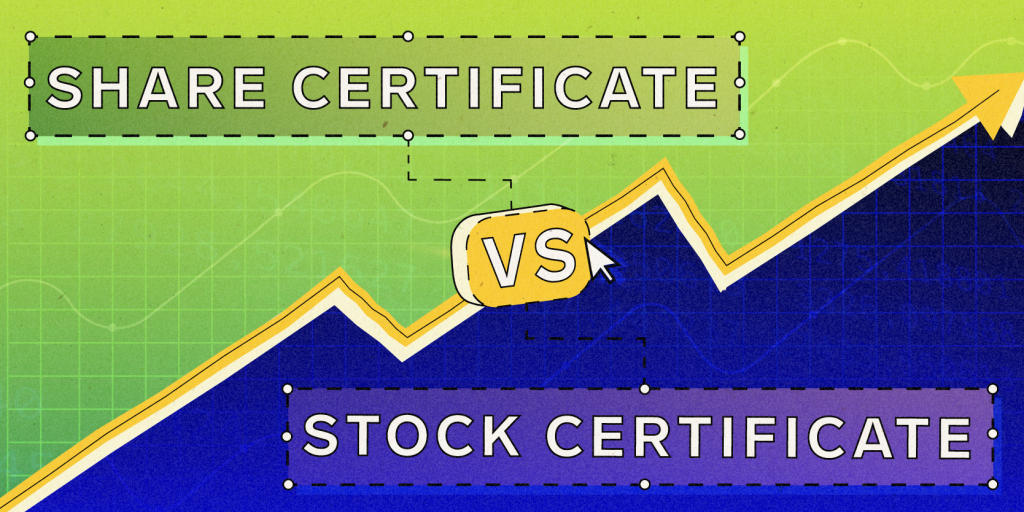
Alyssa Powell/Insider
- A stock represents an investment and ownership interest in a publicly traded company.
- A share is the smallest denomination of a specific company's stock.
- Companies issue stock to attract investors and make money, while shares refer to the measure of a stock and doesn't have any value.
- Visit Insider's Investing Reference library for more stories.
If you think stock and share mean the same thing, you're missing the difference between the two terms. But you're not alone. People often intermingle the two terms, despite the fact they're not the same.
The difference matters because the two terms relate to each other in a way that helps investors understand the role each plays. Read on to learn the real differences between stocks and shares.
Stock vs. share: At a glance
The distinction between stocks and shares isn't as subtle as it first seems. Two simple definitions can help clear things up.
- A stock, also known as an equity, is an investment that represents partial ownership interest in a company.
- A share is the smallest denomination of a specific company's stock.
| Stock | Share |
|
|
Despite the distinction between the two, stock and share are often used interchangeably, which is one reason there can be confusion. People will say, "I own stock in Coca-Cola," or "I own 10,000 shares of Coca-Cola."
Stock is not specific. It doesn't tell you how much stock you own. Shares are specific. Each share represents a specific piece of ownership interest in a specific company's stock.
What is stock?
Companies issue stock to attract investors in order to raise money to allow the company to expand, launch new products, buy equipment, or for other reasons. When you buy stock, you buy an ownership interest in the company in hopes of getting a return on your investment.
Four types of stocks are often discussed: common, preferred, Class A, and Class B.
- Common stock: This is the type most people invest in and represents the majority of stock issued. Common stock confers voting rights to stockholders, typically one vote per share of stock.
- Preferred stock: This type of stock does not typically confer voting rights but is reimbursed ahead of common stock (but behind bonds) in the event of liquidation. Preferred stock is really a hybrid between stocks and bonds.
- Class A stock: This is a type of common stock that confers more voting rights than Class B stock. Other than that, Class A and Class B stock are the same.
- Class B stock: This is also a type of common stock but with fewer voting rights.
Stock is traded on a stock exchange. This is where buyers and sellers engage in an auction process by placing bids and offers to buy and sell stock. The two biggest exchanges in the US are the New York Stock Exchange (NYSE) and Nasdaq both of which are in New York City with the NYSE being the largest by market capitalization.
What is a share?
Buying and selling stock would be impossible if there wasn't a way to measure ownership interest other than just in dollars invested. This is where shares come in.
A share is a measure of stock, the smallest denomination stock comes in. Since each share has a value, which fluctuates daily on the stock exchange, investors can easily calculate the value of their investment by measuring stock in shares.
Investors are also able to determine the size of their ownership, or stake, in the company based on the percentage of all outstanding shares they own. For example, if Coca-Cola issued 100,000 shares of stock and you own 10,000 shares, you own 10% of the outstanding shares (but not 10% of the Coca-Cola Company).
As with stock, there are different types of shares.
- Ordinary shares: These are the same as common stock.
- Cumulative preferred shares: These are a type of preferred stock that requires payment of missed dividends ahead of other types of shares.
- Deferred shares: These type of shares have no rights to assets in the event of a bankruptcy until preferred and common stockholders have been paid.
- Non-voting shares: As you might expect, these shares confer no voting rights and are typically issued to employees and family members of primary shareholders.
- Preference shares: These are the same as preferred stock.
- Redeemable shares: These shares can be repurchased by the company on or after a predetermined date or following a specific event. This is essentially a built-in call option.
- Redeemable preference shares are preferred stock with a call option.
Stockholder vs. Shareholder
Stockholders typically own stock in a company, while shareholders own shares of stock. In this case, stock and shares are the same thing since stock is measured in shares. This means both a stockholder and shareholder have an ownership interest in the company.
Technically, shareholder is the more accurate term since it clearly refers to someone who owns shares of stock and an equity interest in the company. A stockholder could be someone who owns inventory or raw materials rather than shares.
The financial takeaway
Although investors often use the terms stock and share interchangeably, there is an important difference between them. Stock is a generic term referring to an ownership interest in a publicly owned company. Share is specific and refers to the smallest denomination of a company's stock.
When you own stock in a company, you really own shares of that company's stock. The term stock has no value and can relate to one or more companies. Each share has a specific value and relates to a specific company.
